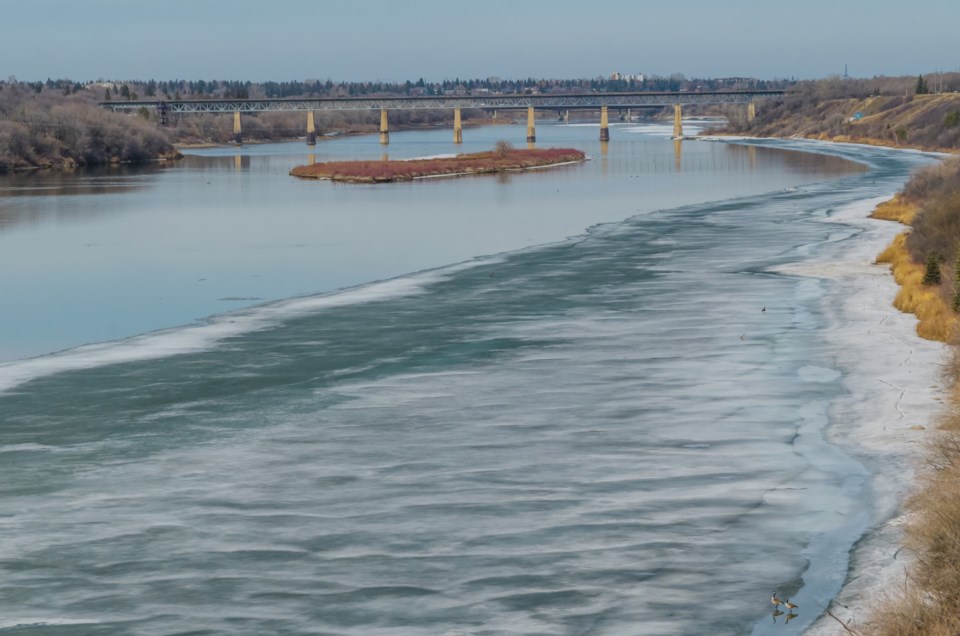MOOSE JAW — The Water Security Agency is preparing its initial Spring Runoff Report for later in March, but has released a preliminary report predicting that a slow melt rate and dry conditions at freeze-up will result in surface water issues later in the year.
The information is based on surveyed conditions current to Feb. 1, 2023. With a potential further 10 weeks of winter, there is potential for changes to the spring runoff outlook.
Runoff potential is determined based on several factors, including conditions at freeze-up, snowfall amounts received throughout the year, and further expected precipitation between now and the spring melt.
Most of southern Saskatchewan has below-normal to near-normal snowmelt runoff potential.
In the Maple Creek area, runoff is expected to be well below normal because of mid-winter melts that have depleted the snowpack.
South of Cypress Hills and in the southeast, near-normal runoff should be expected.
Central areas of the province and the northwest should also expect near-normal snowmelt runoff.
In far northeast areas, below normal snowpack amounts are expected to result in lower-than-normal runoff.
Most of southern Saskatchewan has a below-normal to near-normal snowpack, but areas west of Outlook and Swift Current were experiencing dry conditions at freeze-up which are expected to reduce runoff yields. This could result in surface water shortages later in the year.
Runoff yields will be significantly impacted by the melt rate. A slower melt rate in the spring will likely result in the bulk of the snowpack melt going to recharge the soil column rather than surface water reserves.
A rapid melt is needed to sufficiently recharge surface water supplies — however, the WSA notes that the current snowpack amounts are probably insufficient satisfy either surface or subsurface water needs.
While the risk of flooding this spring is low, without additional snowfall before the melt, southwestern Sask. is likely to experience surface water shortages in 2023.
Learn more about the WSA at their website at www.wsask.ca.




